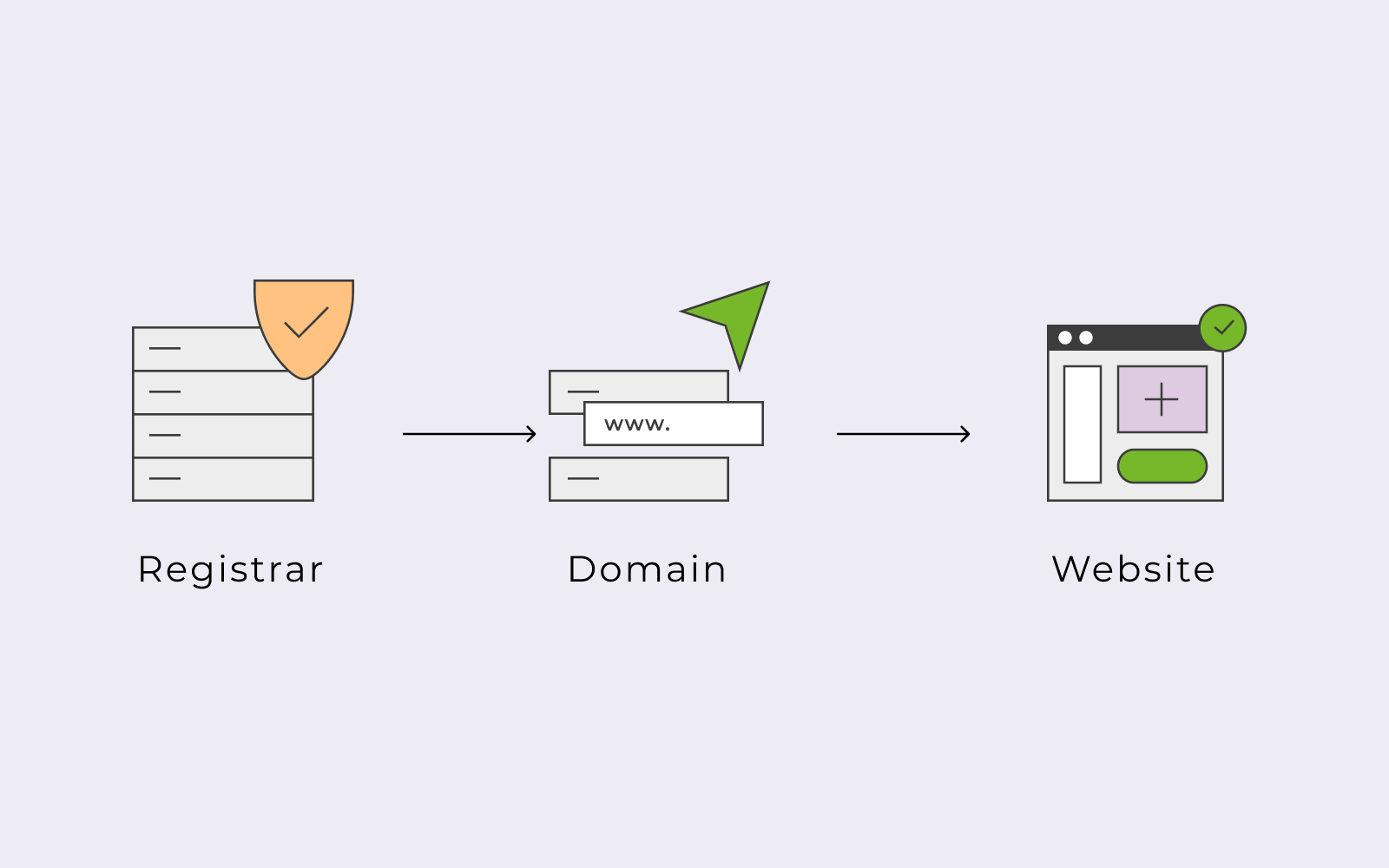
A company that manages the process of reserving domain names and allocating IP addresses to those domain names is called a domain name registrar. This type of company is also known as a registrar. Domain names are aliases made up of letters and numbers that are used to access websites. For instance, the domain name for a company website could be “companyname.com,” whereas the IP address for the website would be something along the lines of 192.0.2.12 (this is just an example).
The use of domain names simplifies the process of accessing websites by eliminating the need to learn and input lengthy alphanumeric IP numbers. With this article, we will understand more about domain name registrars and how they are different from registries. Since understanding these concepts is key before going for domain name registration, we will deep dive into these aspects through this article.
What is the main difference between a registrar and a registry?
Organizations known as registries manage top-level domains (TLDs), such as “.com” and “.net,” mostly by maintaining a list of the people and companies that control each domain. There are two types of registries: public and private. These registries are managed by the Internet Corporation for Assigned Names and Numbers (ICANN), a global body that oversees several processes and databases necessary to preserve the core functionality of the Internet. These registries are managed by the ICANN department known as the Internet Assigned Numbers Authority (IANA).
Registries entrust registrars with the responsibility of conducting commercial sales of domain name registrations. For example, registrars are obligated to notify VeriSign, the registry for “.com” domains, when they sell a “.com” domain registration to a registrant, or end user. In addition, the registrar is required to pay a charge to VeriSign; this expense is factored into the final bill the registrant sends to the consumer.
This setup functions similarly to a car dealership. When a prospective buyer enters the showroom, a trained sales representative shows them the available automobiles. The dealership will then need to order the car from a manufacturer if the buyer decides to purchase an automobile—one that isn’t currently in stock, for example. In the end, the buyer picks up the vehicle and gets assistance from the dealership.
For domain names, a registrar is similar to a dealership, while the registry is similar to the manufacturer. The registry is in responsible of creating and distributing the products, while the registrar handles transaction facilitation and support services. It should be mentioned that one significant distinction between purchasing a domain name and purchasing a car is that, although domain names may theoretically only be leased, cars can be owned by customers.
What does “owning” a domain name mean?
Even though domain names are commonly purchased and owned, registries hold all of the domains; registrars only provide their clients the option to reserve names for a specific period. A domain name can be reserved for a maximum of ten years. A user can have a domain name for more than 10 years because registrars often allow users to renew their reservations forever. However, the user just leases the domain; they never really own it.
What role in DNS security do registrars play?
Registrars are companies that sell domain registrations and have access to registration data; hence, they need to protect this information from nefarious individuals.
Certain registrars have previously participated in domain hijacking attacks, which can either alter a domain name’s registration without the original registrant’s consent or misuse the rights associated with domain hosting and registrar software systems. An instance of domain hijacking involves a perpetrator redirecting a certain domain to an alternate website to pose as the original site or interfere with its operations.
To stop domain hijacking, ICANN advises registrars to take the following actions:
- Improved administration of AuthInfo Codes, which are randomly generated codes used in the domain transfer procedure
- Improved use of domain locks, which are configurations that prevent domain transfers
- Enhanced identification verification throughout the whole registration procedure
- Better documentation of domain changes
Conclusion
Here is hoping that you have understood the article. In case of any queries or doubts, please share them with us in the comments section below.